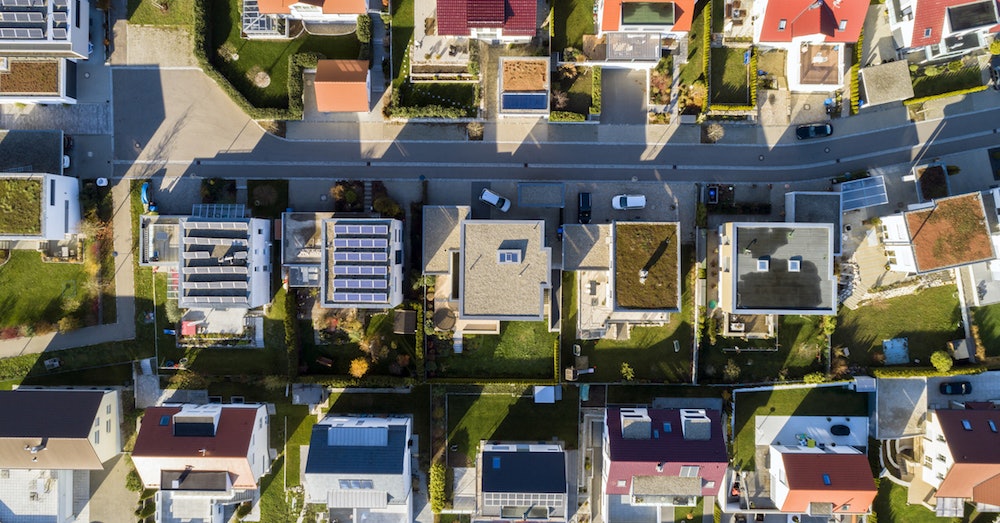Finding compromise when choosing solar

Look around your street or neighborhood, and you’ll likely find a few rooftops that have made the switch to solar.
In fact, more than 1.8 million American households are now connected to solar power systems. The U.S. Energy Information Administration, which tracks solar adoption rates across the country, estimates that small-scale solar systems produce almost a third of all solar electrical generation in the country.
The switch to solar doesn’t have to result in a heated kitchen-table argument. As more people make the push to solar, perhaps you’ve asked yourself: Is now the right time to switch to solar?
Of course, with any big household project, there’s likely to be some back and forth between decision makers. But here’s the thing, the switch to solar doesn’t have to result in a heated kitchen-table argument. Making a compelling case for solar is easy with the right information on hand.
Critique #1: Solar panels are an eyesore.
Maybe there’s someone in your household who doesn’t appreciate the visual aesthetics of solar panels. Fortunately, today, there are plenty of panel options that take up less roof-space, and more seamlessly blend into your home’s surroundings.
Consider PV shingles or tiles for home installation, and also talk to a solar provider to determine where panels can be installed on your roof. If it’s toward the back or side of a house, then you could avoid any major curb-appeal issues. And research shows that rooftop solar may actually add resale value to your home—in the ballpark of $15,000—similar to how a kitchen or bathroom renovation might boost the sale price. Plus, there is evidence that homes with solar sell faster than those without any panels.
Critique #2: We rent, are planning to move, or our home doesn’t qualify for solar panels.
Solar may be the most abundant energy resource on the planet, but it's still hard to come by. Only 10% of Americans are even eligible for rooftop solar due to high costs and strict requirements. But, there are several community solar programs spread throughout the country that offer an easier and instant way to benefit from solar savings.
A community solar project is an off-property solution where solar power is shared by multiple community stakeholders and households. When projects begin producing solar energy, local utilities buy it in exchange for savings credits. Participating households then receive a portion of these savings credits on their power bill, every month.
So while the panels may not physically be on your property, you can still access many of the benefits of solar power. Plus, you don’t have to worry about solar installation or maintenance fees, any long-term or binding contracts, or early termination and cancellation fees that might come with leasing solar panels.
Critique #3: Solar panels cost too much.
Yes, rooftop solar is a big upfront investment. But there’s a lot of long-term savings potential and varying degrees of cost depending on the program you pick.
Generally, there is the lease vs. own debate, and costs will vary depending on the solar program you choose. Be sure to do your homework — study up and take into consideration potential lease-term conditions. Pay particularly close attention to maintenance costs, return-on-investment value, and any leasing terms or fees associated with panels.
If you decide to own outright, check with a home lender on special financing that might be available for solar projects. And finally, factor in any tax savings. There are some state and local governments that offer renewable energy incentives, and the Federal Solar Investment Tax Credit (ITC) remains in effect for four more years.
Finally, if the initial investment is just too high, joining a community solar project in your area is an excellent alternative to a rooftop system — offering many of the benefits of solar, with none of the hassle.
